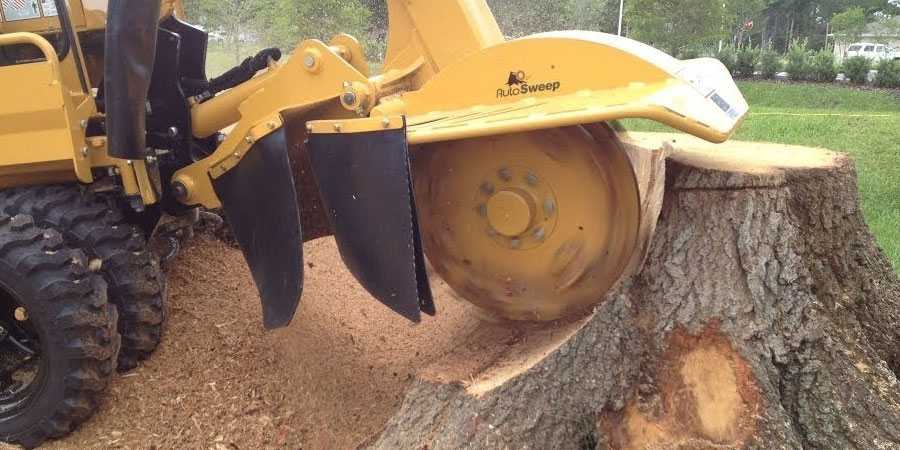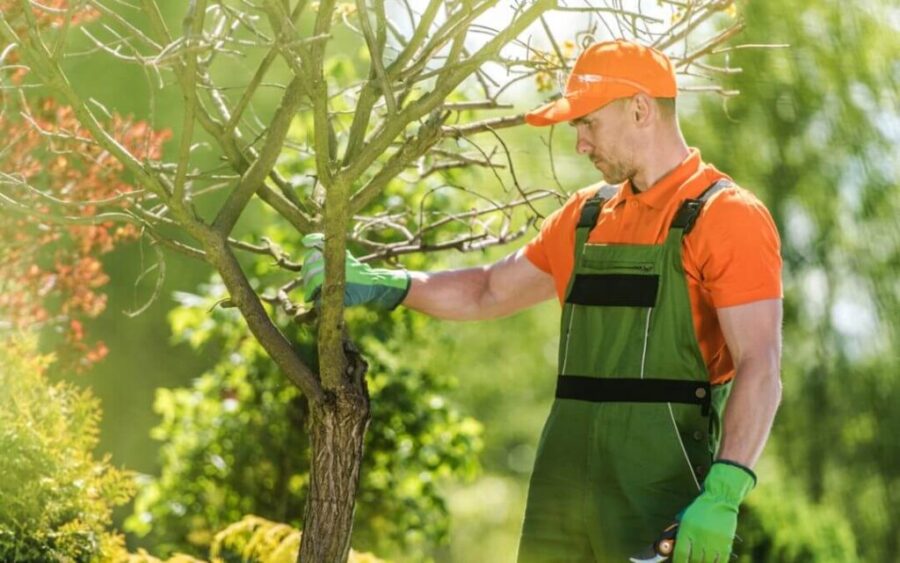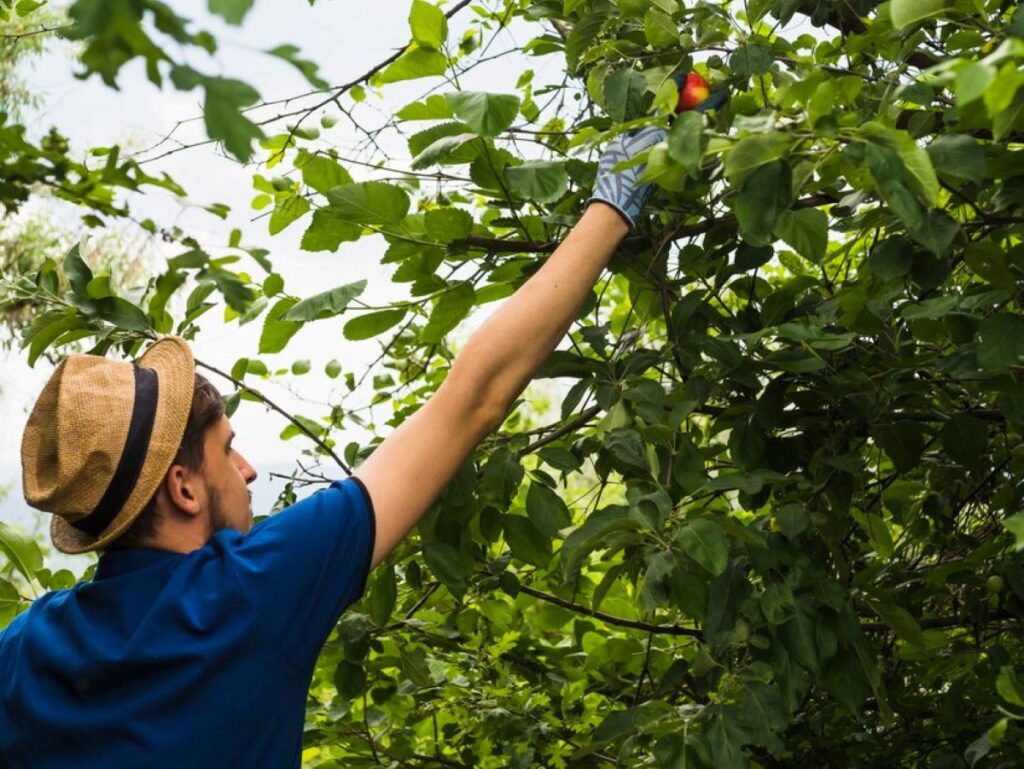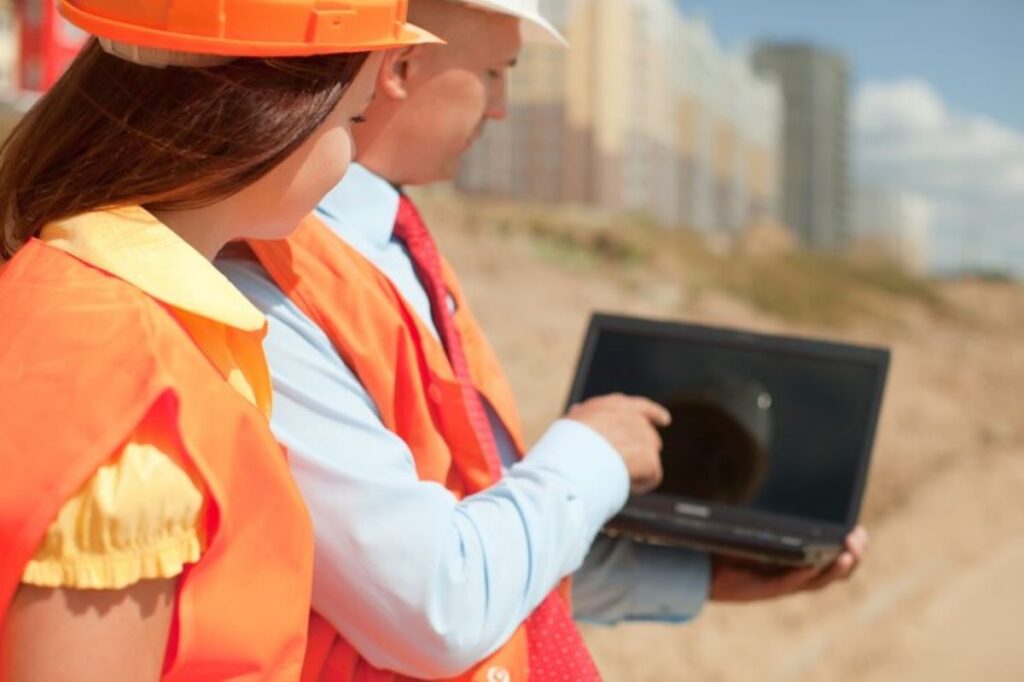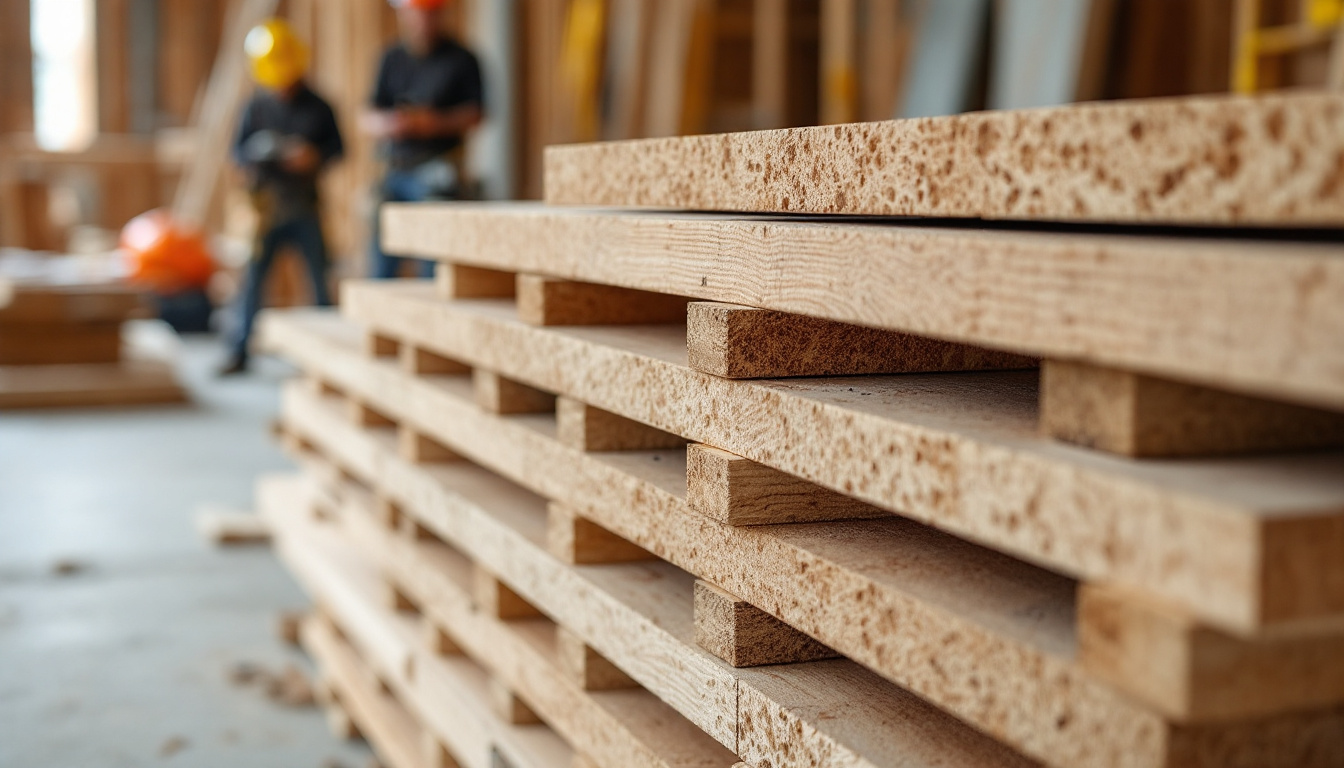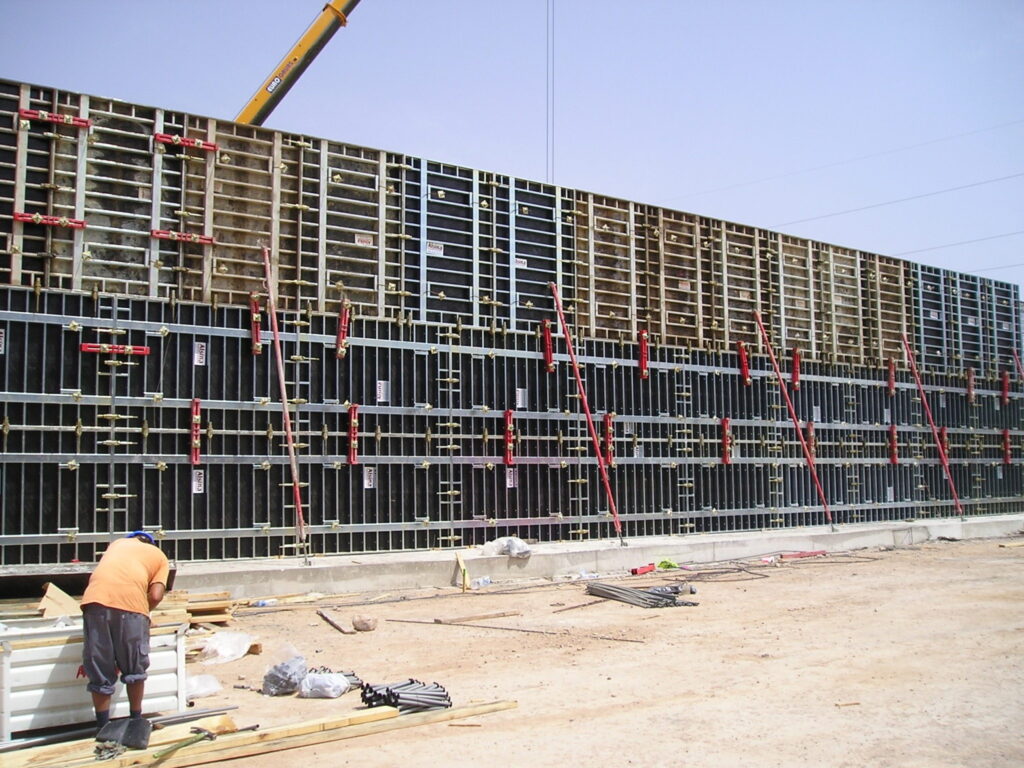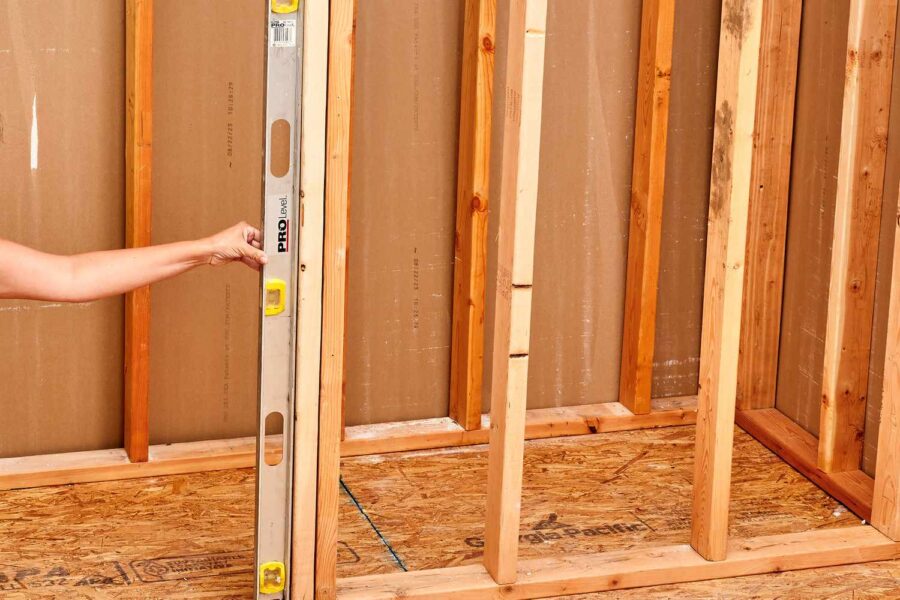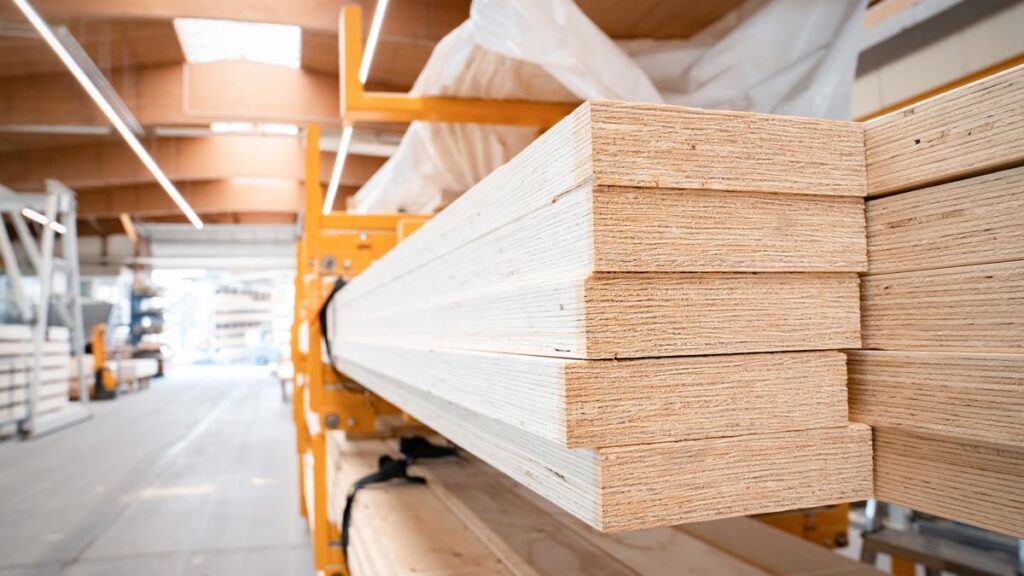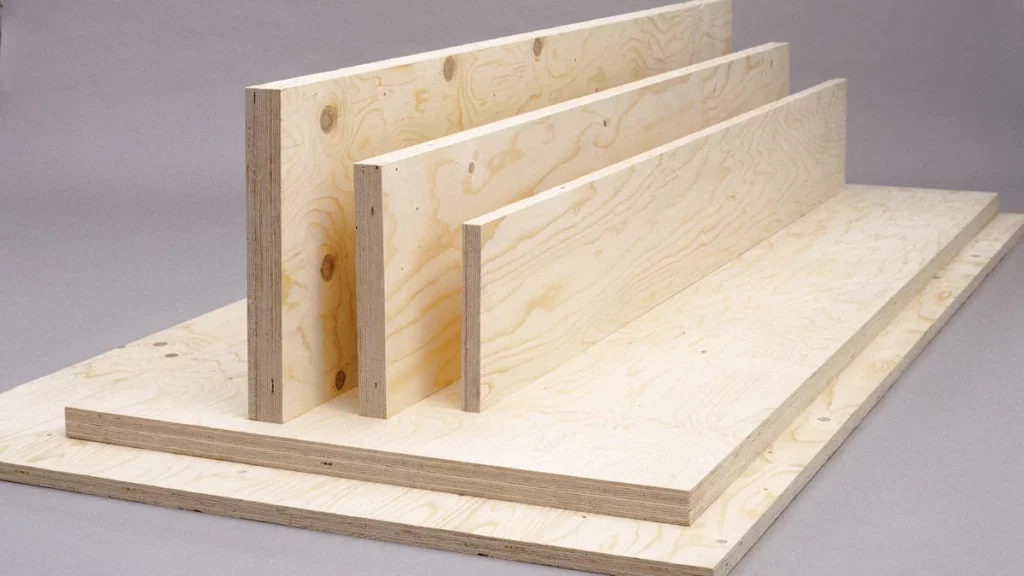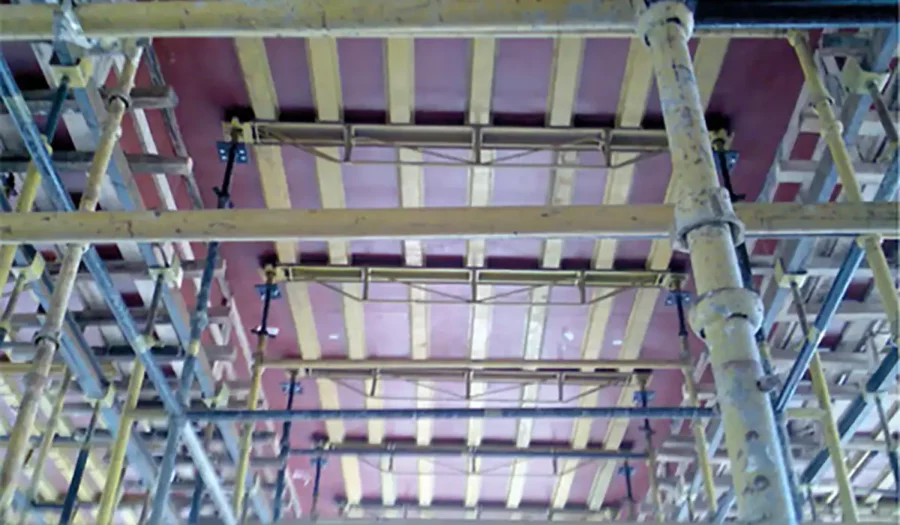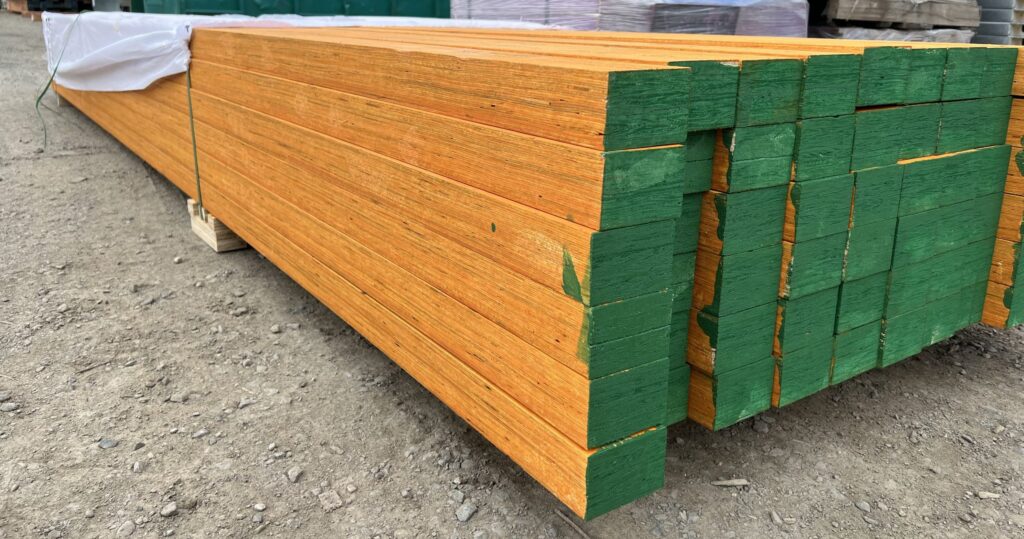When it comes to maintaining a beautiful garden or landscape, tree stumps can be a significant eyesore. They not only detract from the aesthetic appeal of your outdoor space but can also pose safety hazards. If you’re searching for effective and efficient ways to remove these stumps, stump grinding services are your best bet. This article explores the benefits of stump grinding, how to find local services, and what to expect during the process.
Understanding Stump Grinding
Professional stump grinding is a method used to remove tree stumps from the ground by grinding them down into small wood chips. This process is typically carried out using a specialised machine known as a stump grinder. Unlike traditional stump removal, which involves digging up the entire root system, stump grinding focuses on the visible portion of the stump, making it a quicker and less invasive option.
Why Choose Stump Grinding?
There are several reasons why stump grinding is the preferred method for many homeowners and landscapers. Firstly, it is a faster solution compared to complete stump removal. The grinding process can often be completed in a matter of hours, allowing for immediate landscaping or planting in the area.
Secondly, stump grinding is less disruptive to the surrounding soil and plants. Since it does not require extensive digging, the integrity of your garden is maintained, and there is minimal disturbance to the root systems of nearby plants. This is particularly beneficial in established gardens where the ecosystem is delicate, and preserving the health of existing flora is paramount.
Benefits of Stump Grinding
Stump grinding offers numerous advantages beyond just aesthetics. One of the key benefits is safety. Tree stumps can be tripping hazards, especially in gardens where children play or where people walk frequently. By grinding down the stump, you can create a safer environment for everyone. Furthermore, removing these hazards can enhance the overall usability of your garden space, allowing for more freedom in design and function.
Additionally, stump grinding helps prevent pest infestations. Stumps can attract unwanted insects, such as termites and beetles, which can then spread to healthy trees and plants in your garden. By removing the stump, you reduce the risk of these pests taking hold. This proactive approach not only protects your garden but also contributes to the overall health of your local ecosystem, as it discourages the proliferation of pests that can disrupt the balance of nature. Moreover, the wood chips produced during the grinding process can be repurposed as mulch, providing a sustainable option for garden maintenance while enriching the soil with organic material.
Finding Local Stump Grinding Services
When searching for stump grinding services, it’s essential to consider several factors to ensure you choose a reliable and professional provider. Here are some tips to help you find the best local services.
Researching Local Options
Start by conducting an online search for stump grinding services in your area. Look for companies that have positive reviews and a strong reputation within the community. Websites like Google, Yelp, and local directories can provide valuable insights into customer experiences.
Additionally, asking for recommendations from friends, family, or neighbours can lead you to trustworthy services. Personal experiences often provide the most reliable information when it comes to finding quality providers. You might also consider joining local community groups on social media platforms, where residents often share their experiences and suggestions for various services, including stump grinding. These platforms can be a treasure trove of information, allowing you to gauge the quality of service based on real-life feedback.
Checking Qualifications and Experience
Once you have a list of potential companies, it’s crucial to check their qualifications and experience. Ensure that they are licensed and insured, as this protects you in case of any accidents or damages during the grinding process. Experienced professionals will have the necessary skills and equipment to handle the job efficiently and safely.
Inquire about their experience with stump grinding specifically. Companies that have been in the industry for several years are likely to have encountered various challenges and will know how to handle them effectively. It’s also worth asking about the types of equipment they use; modern, well-maintained machinery can significantly impact the efficiency and effectiveness of the grinding process. Furthermore, consider requesting a portfolio of their previous work or references from past clients. This can give you a clearer picture of their capabilities and the level of satisfaction among their customers, ensuring you make an informed choice.

The Stump Grinding Process
Understanding what to expect during the stump grinding process can help alleviate any concerns and ensure a smooth experience. Here’s a step-by-step breakdown of how the process typically unfolds.
Initial Assessment
Before the grinding begins, a professional will assess the stump and the surrounding area. This evaluation is crucial for determining the best approach for grinding while considering any obstacles such as nearby plants, fences, or structures.
During this assessment, the technician will also discuss your specific needs and any concerns you may have, ensuring that you are both on the same page before proceeding.
Grinding the Stump
Once the assessment is complete, the technician will set up the stump grinder. This machine is equipped with sharp blades that rotate at high speeds, allowing it to grind the stump down to below ground level. The process generates wood chips, which can be left on-site for use as mulch or removed, depending on your preference.
The grinding process itself is relatively quick, often taking only a few hours, depending on the size of the stump. The technician will work carefully to ensure that the surrounding area remains undisturbed. Visit https://weedcut.ipm.ucanr.edu/management-practices/stump-grinding/ to get more detail about stump grinding.
Post-Grinding Cleanup
After the stump has been ground down, the area will be cleaned up. This includes removing any excess wood chips and debris, leaving your garden looking tidy and ready for the next steps in your landscaping plans.
At this stage, you can also discuss any additional services you may require, such as filling the hole left by the stump or planting new trees or shrubs in the area.
Cost Considerations for Stump Grinding
Understanding the costs associated with stump grinding can help you budget for the service. Prices can vary based on several factors, including the size of the stump, the complexity of the job, and your location.
Factors Influencing Cost
Generally, larger stumps will cost more to grind due to the increased time and effort required. Additionally, if the stump is located in a hard-to-reach area or if there are obstacles nearby, this may also increase the overall cost.
It’s advisable to obtain quotes from multiple companies to compare prices and services offered. Ensure that the quotes are detailed and include all potential costs, so there are no surprises once the job is complete.
Potential Additional Costs
In some cases, additional services may be required, such as tree removal or filling in the hole left by the stump. These services can add to the overall cost, so it’s essential to discuss your needs with the provider upfront.
Some companies may also offer discounts for multiple stumps or for bundling services, so be sure to inquire about any available promotions that could save you money.
DIY vs. Professional Stump Grinding
While some homeowners may consider tackling stump grinding as a DIY project, there are several reasons why hiring a professional is often the better choice.
Safety Concerns
Stump grinding equipment can be dangerous if not handled correctly. Professionals are trained to operate these machines safely, minimising the risk of accidents or injuries. Attempting to grind a stump without proper knowledge or experience can lead to serious injuries or damage to your property.

Efficiency and Effectiveness
Professionals have the right tools and expertise to complete the job quickly and effectively. They can assess the situation and determine the best approach, ensuring that the stump is ground down properly without causing damage to the surrounding area.
Moreover, hiring a professional saves you time and effort, allowing you to focus on other important tasks while the stump is taken care of.
Conclusion
Stump grinding is an efficient and effective solution for removing unsightly tree stumps from your garden. By choosing professional services, you ensure a safe and thorough job, allowing you to reclaim your outdoor space. With the right research and preparation, finding local stump grinding services can be a straightforward process.
Whether you’re looking to enhance the beauty of your garden or eliminate safety hazards, stump grinding offers a practical solution. Don’t let tree stumps detract from your landscape any longer; explore your local options today and take the first step towards a more polished outdoor space.
Related : Tree Pruning Near Me: Finding Reliable Local Services

